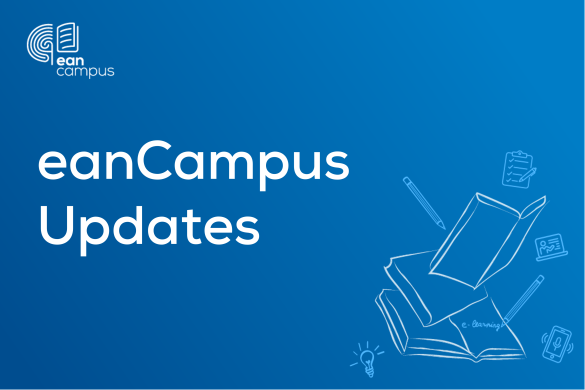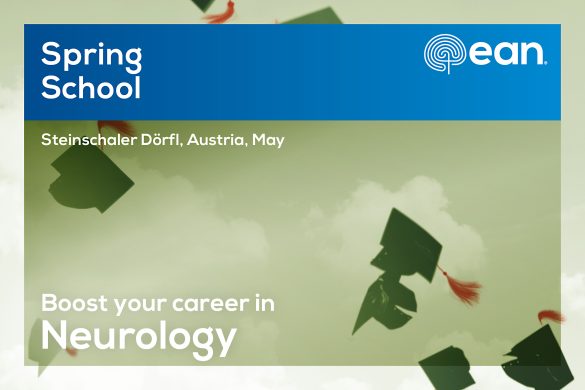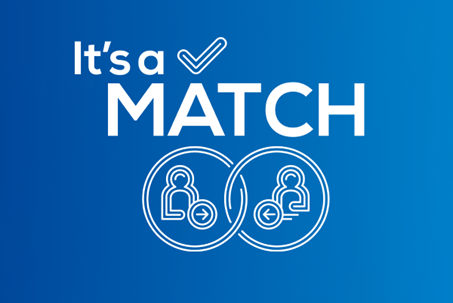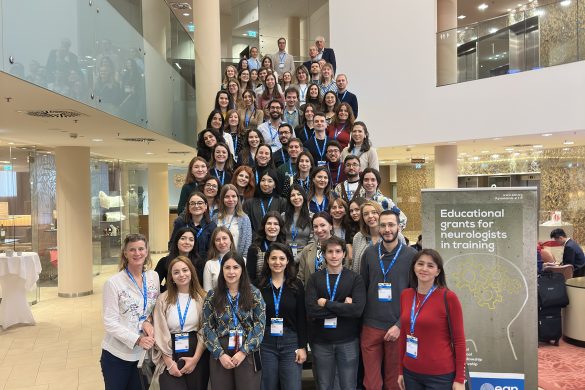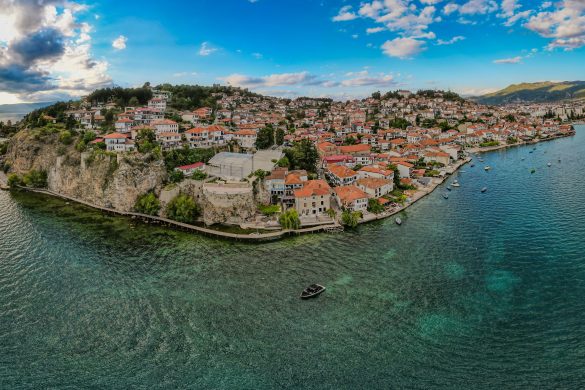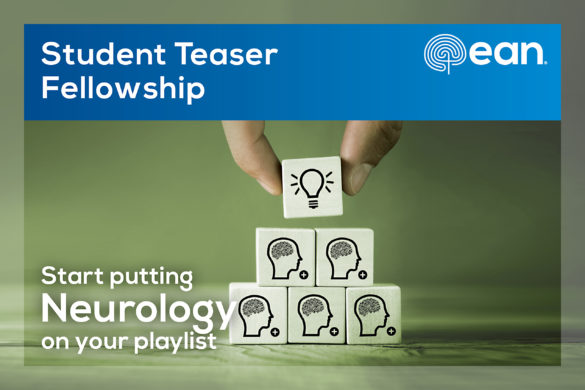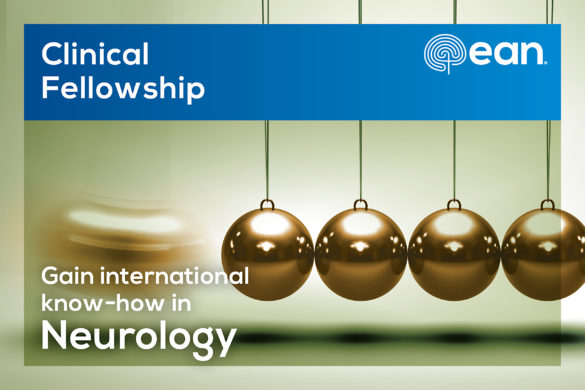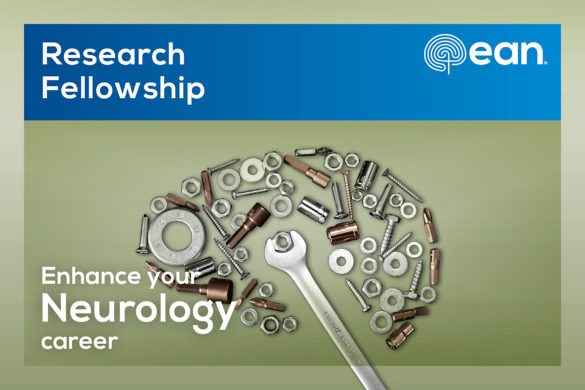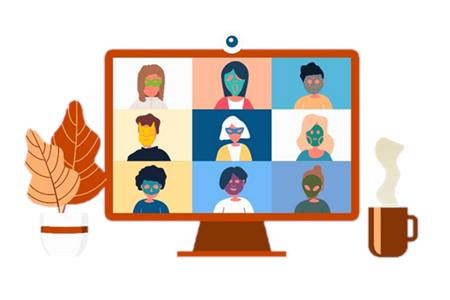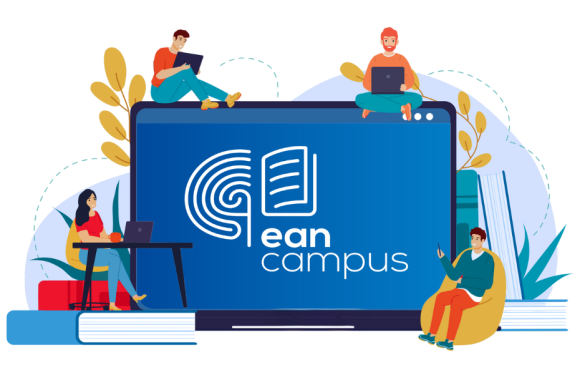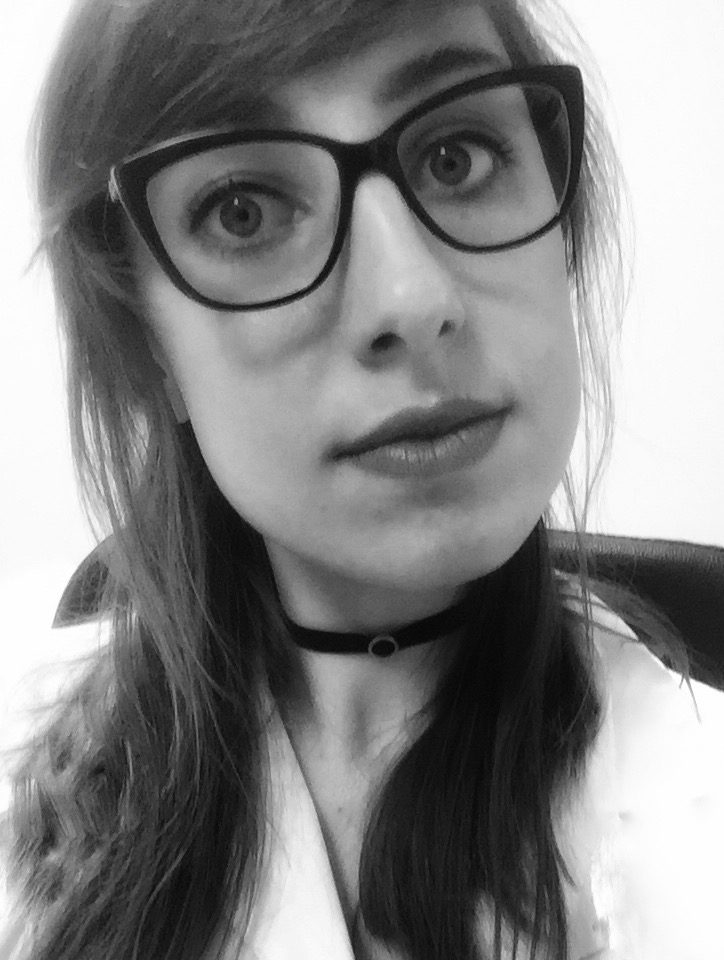
Gabriela Rusin, Kraków, Poland
Term of Fellowship: 4 April – 27 May, 2022
Hosting department: Department of Clinical Neurology, National Hospital for Neurology and Neurosurgery (NHNN), UCL Queen Square Institute of Neurology, London, UK
Supervisor: Prof. Henry Houlden
…
The National Hospital for Neurology and Neurosurgery at Queen Square in London is a place where advances in the field of neurology have been made for almost two centuries. It was the first hospital in England dedicated exclusively to diagnosing as well as treating the diseases of the central and peripheral nervous system. Those renowned walls contain names and portraits of pioneers in neurology known to me through medical history lessons and eponyms of neurological sign and syndromes. During my EAN Clinical Fellowship I had the undeniable pleasure of wandering the corridors they used to traverse in order to unravel neurological mysteries.
Over the course of the fellowship, I focused on developing my skills and expertise in neuromuscular disorders and neurophysiologic studies. The staff at the Department of Clinical Neurophysiology were eager to show me how they perform nerve conduction studies and electromyography, including more advanced techniques like single-fibre EMG and evaluation of small nerve fibres. It was a source of great satisfaction to observe the neurophysiology team in action. In the morning, we would gather to discuss upcoming cases and plan the extent of each study. During the afternoon meetings, we would talk through the studies performed, receiving feedback from the neurophysiology consultants, sometimes brainstorming possible differential diagnoses. Thus, I managed to appreciate the complexities of the studies. Although epilepsy was not the main focus of my fellowship, I really enjoyed EEG meetings during which in-patient, outpatient and ambulatory electroencephalograms were discussed and analysed. I was truly surprised and delighted to find out that one of the EEG consultants was Dr. Suzanne O’Sullivan – the author of my favourite books about psychosomatic illness and epilepsy. I was chuffed to meet her in person and asked her to sign my copy of her latest book. It will be a remarkable souvenir from my fellowship.
Contrary to some opinions, neurophysiology is an exciting and evolving field. As a young adept of neurophysiology, I am especially interested in evoked potentials and was very keen about this type of study. I was excited at the prospect of seeing paired-pulse transcranial magnetic stimulation and was delighted to be given an opportunity to participate in this study.
I experienced this and so much more. I discovered how neurophysiologic procedures can be found useful in treating movement disorders by implementing EMG-guided botulinum injection. Besides, I had the pleasure of participating in tremor studies conducted by Dr. Carla Cordivari and her team. They showed me how a combination of EEG and EMG may help to differentiate between different types of tremor.
I had the opportunity to participate in Prof. Henry Houlden’s neurogenetics clinic. I truly enjoyed the range of neurological cases he dealt with. I was in awe of the extent of counselling and diagnostic opportunities that are offered to patients suspected of and diagnosed with neurogenetic diseases. In addition to this, I had the chance to observe researchers in the neurogenetics laboratory during the studies that they were conducting and also participate in their work. Combining clinical and academic experience gave me an in-depth insight into the neurogenetic diagnostic procedures – from referral to the final results.
The highlight of each week was the ‘Gower’s‘ clinical grand round, during which peculiar and intricate neurological cases are presented and discussed among doctors of Queen Square. This is a huge learning opportunity for the community of the hospital – from neurologists, through neurophysiologists, radiologists, to neurosurgeons. All the physicians involved in the care, diagnostic procedures and treatment of neurological patients can benefit from elaborative description and inter-disciplinary discussion offered during those meetings.
Additionally, I participated in Update in Neuromuscular Disorders, which was a clinical course on neuromuscular disorders across the lifespan, including but not limited to genetic and inflammatory neuropathies, therapy updates in spinal muscular atrophy and myopathies – channelopathies, mitochondrial and metabolic diseases.
In the evenings I would go to the Cruciform building located on Gower Street, which is within walking distance from Queen Square. The building has unique architecture and a bold plan encompassing a single service core and radiating wings. It functioned as a hospital for almost a century and now is the home of Wolfson Institute for Biomedical Research. I could not imagine a better place to study, read books and periodicals on the subjects of clinical neurology than their library.
It is important to acknowledge that networking is a crucial part of fellowships like this. London is a city of many nations, so you can never feel totally estranged there. I was very lucky because I met many great researchers, junior doctors and consultants from all over the world, living in London permanently or temporarily. It is safe to say that by the end of my stay in London some of my colleagues became my friends, and I am really grateful for that.
Overall, this EAN clinical fellowship was a great learning experience for me. I am convinced that this exposure will help me thrive in the field of neurology. The exposure was really great and I am convinced that every single day at Queen Square was beneficial in terms of my professional and personal development. Although I was heartbroken when my fellowship came to an inevitable end and I had to go back to Poland, I was very excited about implementing some of the things that I have learned and seen. On departure, I had a sense of fulfilment, time well spent. I wish every young neurologist had a chance to visit a place like Queen Square.
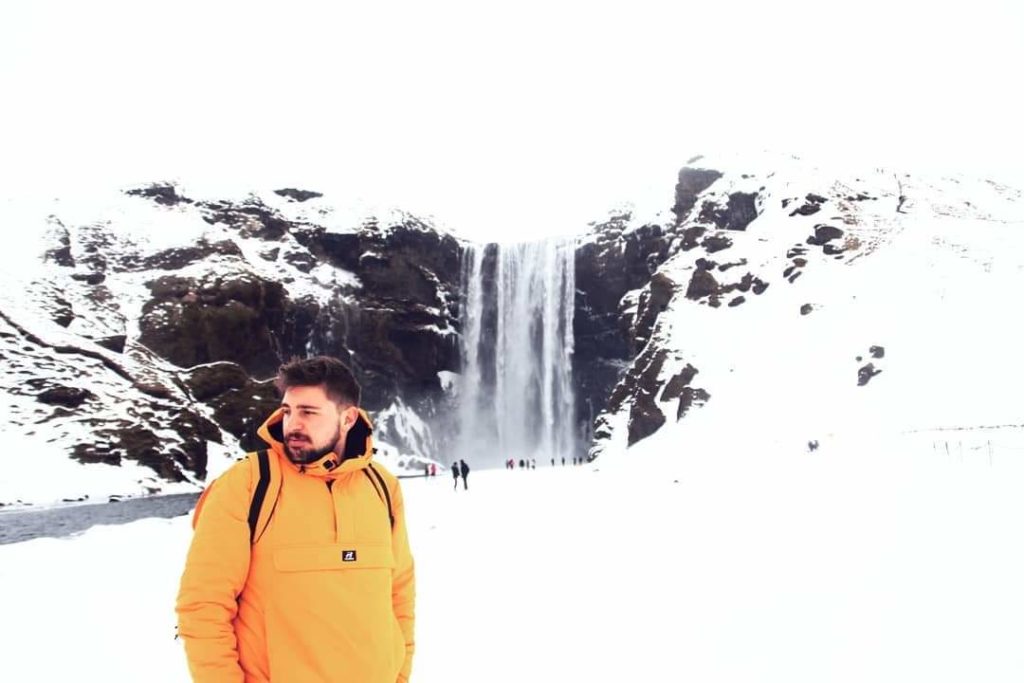
Jacopo Perugini, Milan, Italy
Term of Fellowship: 10 January – 31 May, 2022
Hosting department: ICM, Hôpital Pitié-Salpétrière, Paris, France
Supervisor: Prof. Henry Houlden
…
I arrived at the ICM-MS centre of the Pitié-Salpétrière Hospital for my EAN Clinical Fellowship at the beginning of January. I speak French, but it had been almost ten years since I last practiced it. I met with Dr. Papeix and we decided my programme together: the first two months would be dedicated to clinical practice in the HDJ (DH) following all MS and NMOSD treatments and in the outpatient clinic, and then following clinical trials at the ICM (Institute for Brain and Spinal Cord). From the very first day I started managing my own patients. I knew what to do, but to do it in another language that was not my own, was a totally different thing. The first patient I attended to was a SPMS patient, with moderate dysarthria, treated with Ocrelizumab. It was thus not easy to understand what she said, but with time and patience, we understood each other and everything went smoothly. From that moment, things became easier every day and I learned the small differences between clinical practice in France and Italy.
I even managed to create a small clinical research project about these small differences in MS patient management: in France neurologists have started to administer some infusive treatments with a prolonged dose-interval after the first two years of treatment to reduce incidence of adverse events. So why not compare this new approach to the classic one that we have in Italy. So I collected my data, spent a lot of time on researching and made sure the highest number of patients had the lab values I needed available, and now I am set to become a neurologist with an international thesis that was completely my doing.
I prefer clinical practice to research, though, so I enjoyed my time in DH, where I got more independence in patient management than I had ever had.
Then after the first two months, I switched and started attending the ICM, the neurological research centre of the hospital. There I discovered that nearly 15 trials on MS are ongoing and I got to see and even participate in most of them. I learnt to do volumetric analysis on brain MRI, using the JIM9 program, and then to use a camera eye device to register extraocular movements of pursuit and saccades and to analyze them through Matlab. I was confronted with treatments that will only be available in clinical practice in years and that could also have effects on disease progression. So I think and I feel that, after this experience where I learned so many things and was confronted with so many new challenges and so much new information, I will be a better neurologist and will be able to provide better patient care to my future patients and have some basis to continue the beginning of my own clinical research activity.




